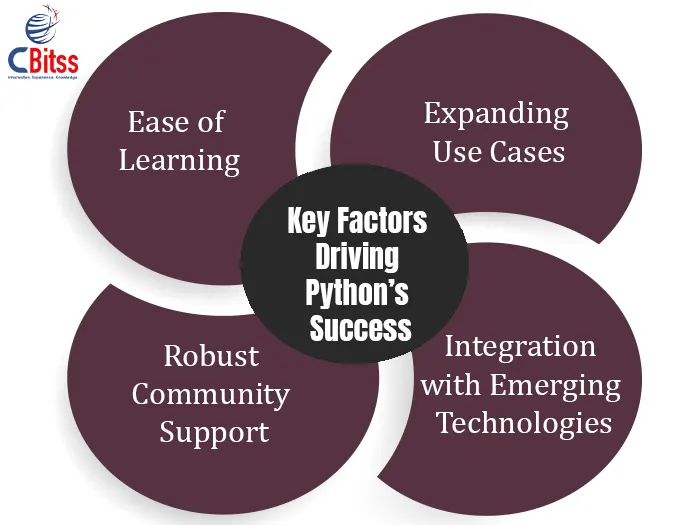Python Wins Programming Language of the Year Title While Java Maintains Its Position
The programming industry has recognized Java as a dominant force for years because of its critical role in enterprise applications, mobile development, and backend system operations. The programming field keeps changing because new patterns consistently reshape its structure. Python has risen to prominence as the Programming Language of the Year and has gained worldwide attention from developers. Java continues to be a reliable option for numerous industries even with the recent changes in programming preferences. This analysis investigates why Python experienced rapid popularity growth alongside the factors that allowed Java to maintain its strong position in the industry.
Python’s Rapid Growth and Popularity
Many developers prefer Python because of its adaptability as well as its simple learning curve and wide range of libraries. Python demonstrates exceptional performance in data science and machine learning applications while Java remains focused on enterprise solutions. Its straightforward syntax makes Python a perfect programming choice for both new learners and experienced developers.

Key Factors Driving Python’s Success
Python’s syntax mimics natural language which makes learning it simple for newcomers.
The growing fields of artificial intelligence and automation have led to Python securing a dominant position within technology-based industries.
Python’s open-source system promotes ongoing development through its extensive collection of third-party libraries.
Python shows perfect integration capabilities with cloud computing platforms, IoT systems, and big data applications that boost its effectiveness in current software engineering practices.
Java’s Stability and Enduring Presence
Python’s growing popularity does not diminish Java’s essential role within the programming world. Java maintains its preferred position in enterprise solutions and banking applications as well as Android development thanks to its ability to create robust and scalable systems.
Reasons Java Remains Relevant
The “Write Once, Run Anywhere” (WORA) philosophy of Java allows its applications to operate across any platform that supports a Java Virtual Machine (JVM).
Big companies such as financial institutions depend on Java for their backend operations.
Java delivers both high-level security and superior performance capabilities which establishes it as a dependable option for mission-critical applications.
The Java platform features an extensive set of development frameworks like Spring and Hibernate that simplify software development workflows.
Head-to-Head: Python vs. Java
Python gains popularity because it is simple and flexible but Java stands out with unmatched stability and efficiency. Different programming languages demonstrate their strengths in various domains which requires selecting the appropriate language based on project needs.
| Feature | Python | Java |
|---|---|---|
| Syntax | Simple and readable | Verbose but structured |
| Performance | Slower due to dynamic typing | Faster due to Just-In-Time (JIT) compilation |
| Use Cases | AI, data science, web automation | Enterprise apps, Android development |
| Community | Large and active | Well-established and mature |
| Scalability | Good but not ideal for large systems | Excellent for enterprise applications |
Industry Trends and Future Outlook
The growth of Python continues at a quick pace with no indications of deceleration in AI sectors. Java maintains its essential role in software engineering as well as enterprise and mobile application development. Java maintains its importance in current computing because of advancements like GraalVM and Project Loom which allow it to keep evolving.
The decision between Python and Java for developers hinges on their long-term career objectives. Python attracts professionals interested in AI development and data analysis tasks whereas Java appeals to developers working on large-scale enterprise solutions and performance-critical applications.
The recognition of Python as the Programming Language of the Year shows a change in industry choices yet does not reduce Java’s importance. Diverse strengths define each language which together influence technological advancements. Java continues to dominate enterprise and large-scale application development even as Python excels in innovation-focused areas. Developers who learn both Python and Java position themselves for success by gaining versatility that adapts to the changing technology landscape.


